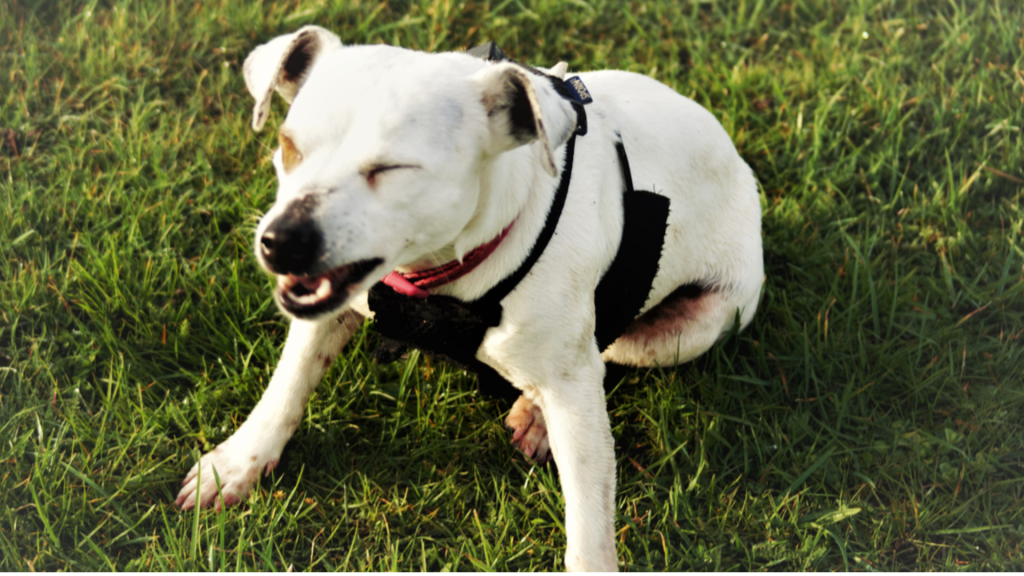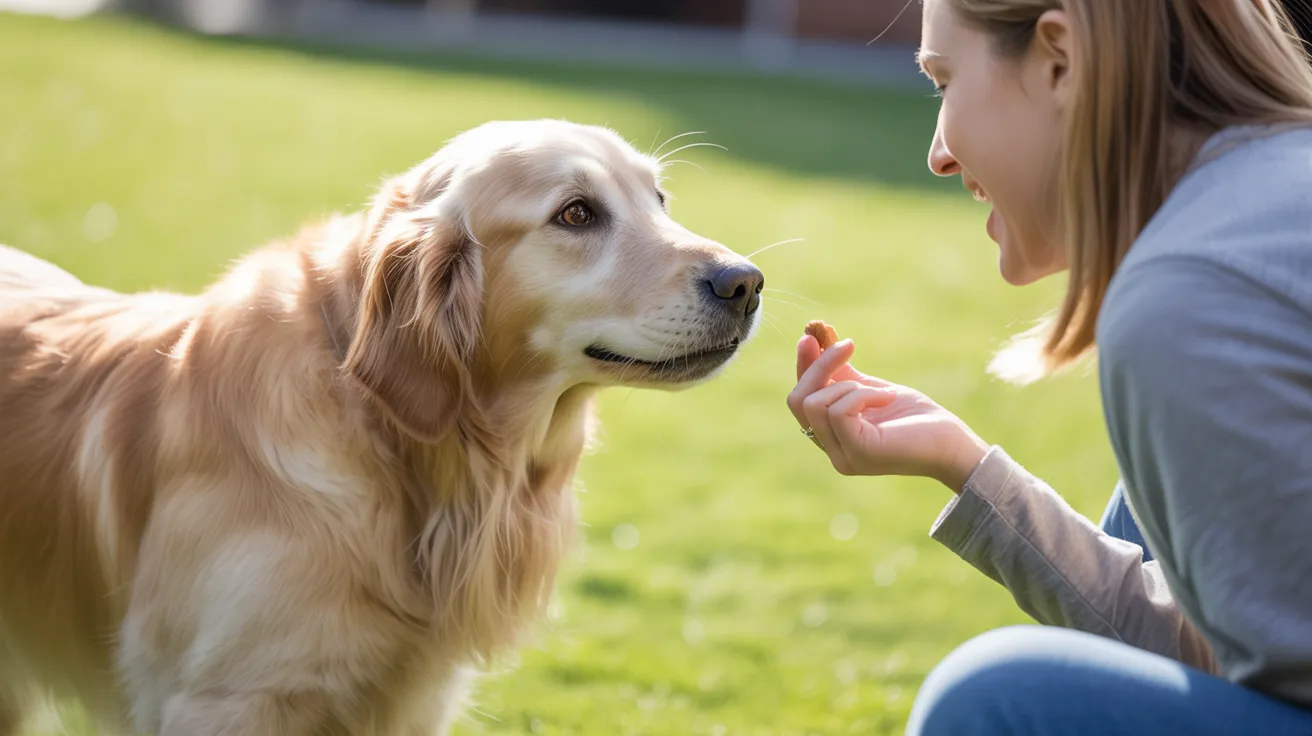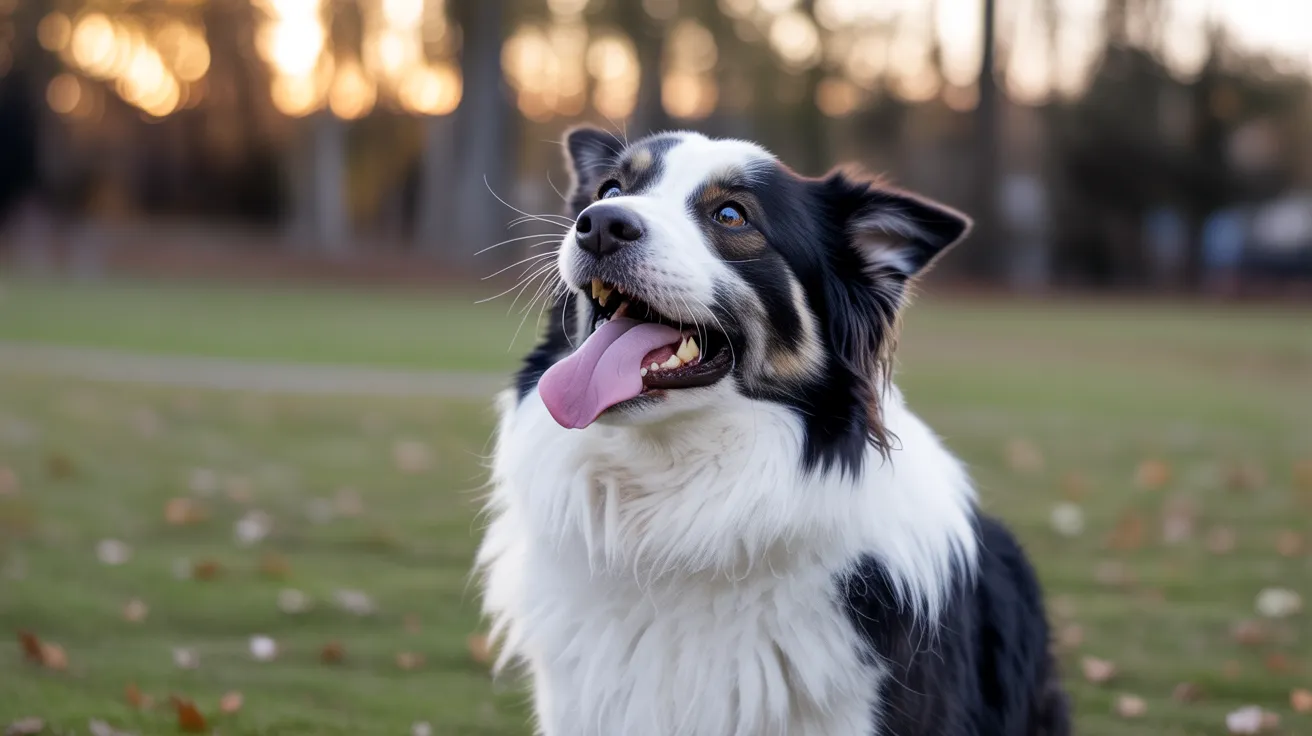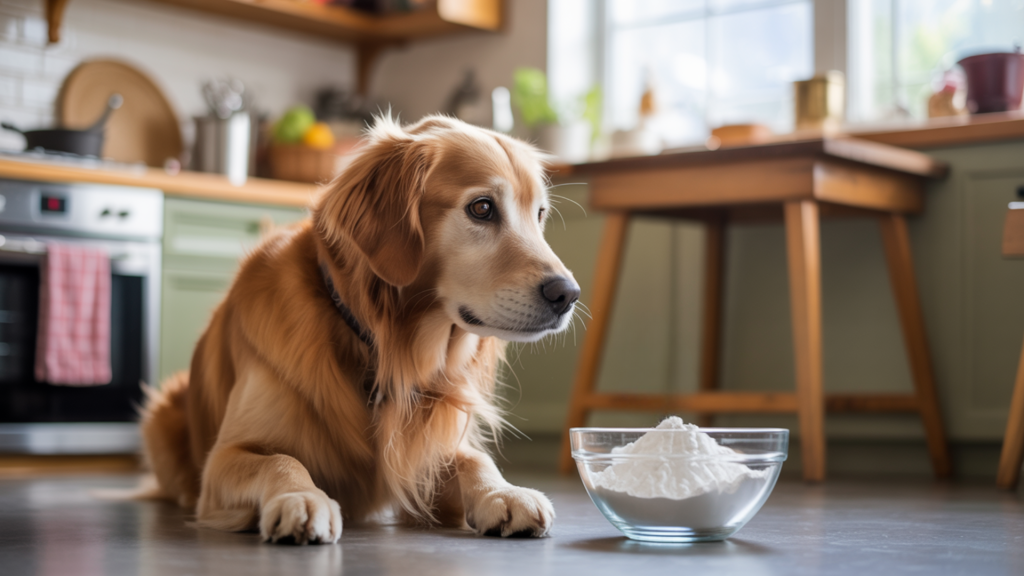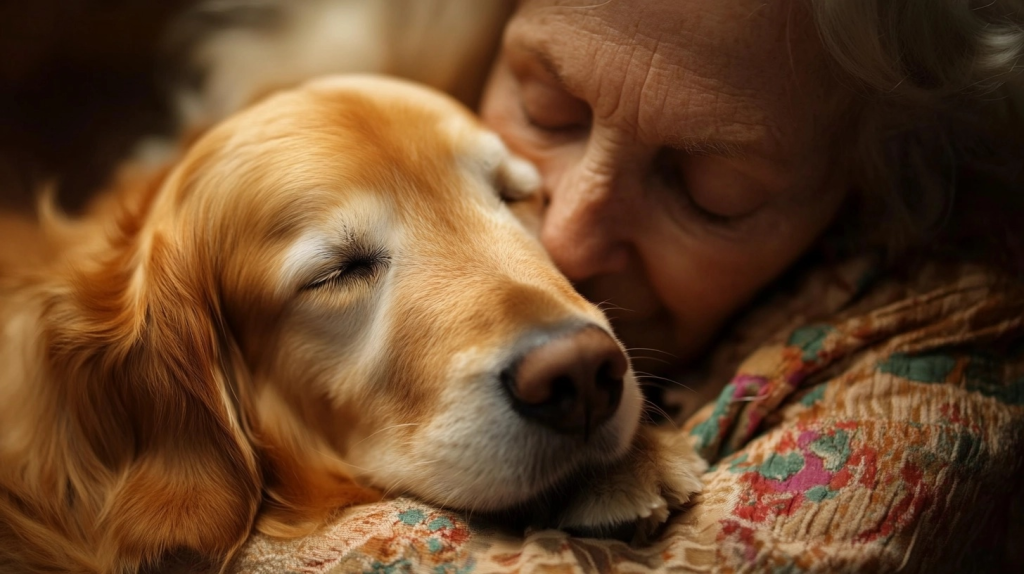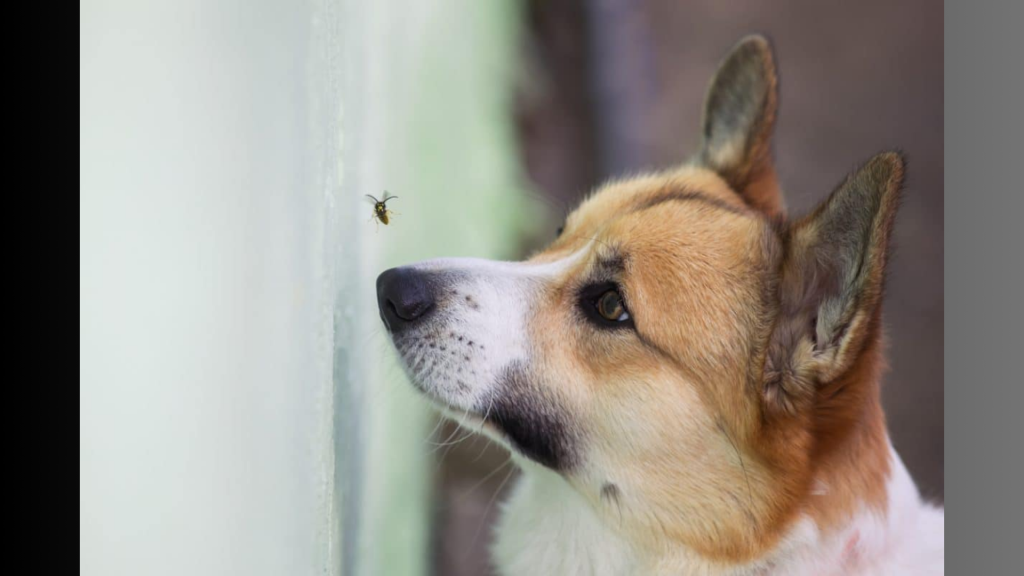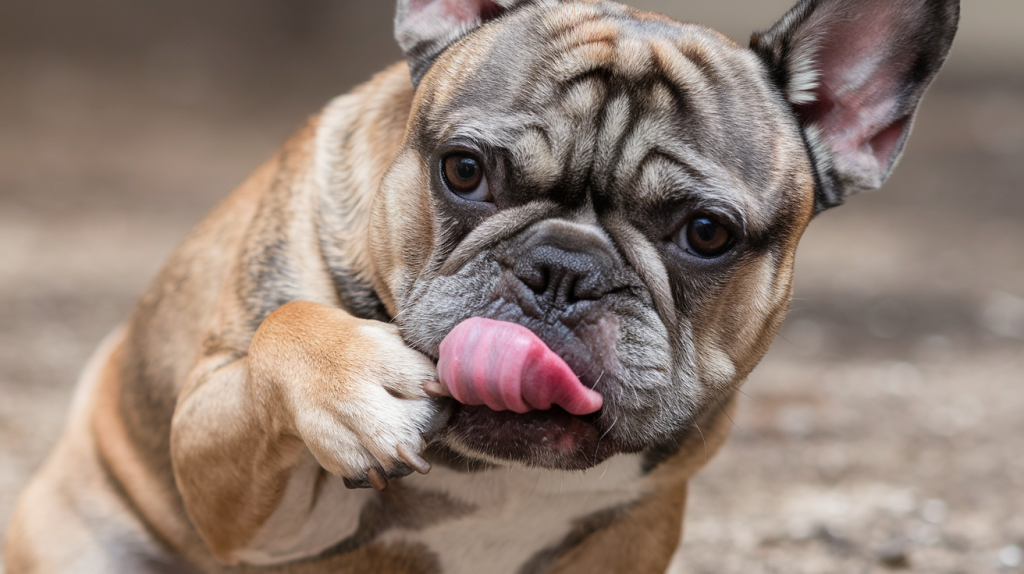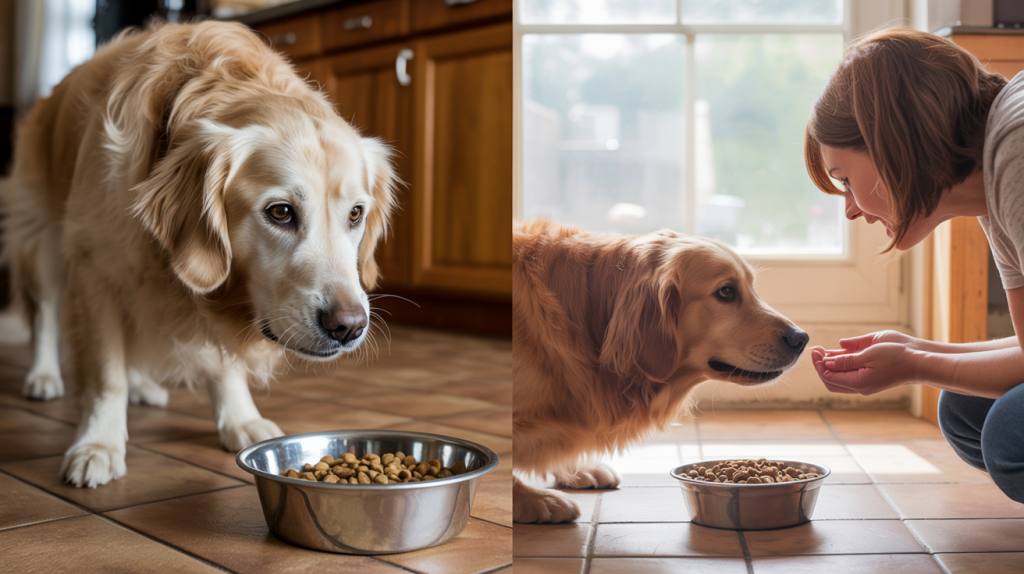Certain gentle methods encourage natural sneezing without causing harm. These techniques work by stimulating the same reflexes that cause spontaneous sneezes.
This guide reveals how to make a dog sneeze, vet-approved methods to help dogs sneeze when needed.
Pet owners will learn when it’s appropriate to intervene and when to seek professional help. These simple techniques could save a trip to the emergency vet while keeping furry companions comfortable and healthy.
Why Do Dogs Sneeze?
Dogs sneeze for normal reasons, much like people. Their sensitive noses react to dust, pollen, strong smells, or even new scents like cleaning products.
Sneezing helps clear their nasal passages. Dogs may also sneeze during play, this “play sneeze” is a harmless sign of excitement. In most cases, sneezing is natural and not a cause for concern.
Should You Try to Make Your Dog Sneeze:
Trying to make your dog sneeze on purpose is not a good idea. Sneezing is a natural reflex that helps dogs clear their noses, but forcing it can be uncomfortable or even harmful for your pet.
- Sneezing can be a sign of fun during play, but it can also mean your dog’s nose is irritated.
- Never poke, tickle, or blow into your dog’s nose to make them sneeze—this can hurt or scare them.
- If your dog sneezes a lot or seems uncomfortable, it’s best to check with your vet to make sure there’s nothing wrong.
It’s always safer to let sneezes happen naturally, and how to make a dog sneeze focuses on tricks that keep your dog happy and healthy!
Teaching Your Dog to “Sneeze” on Command (Trick Training)
You can teach your dog a fake sneeze trick using natural sounds they already make. This is completely safe and fun to show off.
This teaches your dog safe ways to help a dog clear their nose to make snorting, huffing, or short barking sounds that look like sneezing. We never make dogs actually sneeze because that is dangerous. This is pure acting for entertainment.
What You Need
Small treats, a quiet space, and 10 minutes daily. Choose times when your dog is alert and ready to learn.
Method 1: Capture Natural Sounds
Watch for times your dog naturally makes snorting or huffing sounds during play, excitement, or when they investigate smells.
The instant they make these sounds, say “Sneeze” and reward immediately. This builds the connection between the command and the action.
Method 2: Modify the “Speak” Command
If your dog knows “Speak,” teach them to bark more quietly and briefly.
Say “Sneeze” instead of “Speak” and only reward the softer, shorter barks. Gradually shape this into a quick snort-like sound.
Method 3: Use Natural Behaviors
Some dogs naturally wrinkle their nose or make facial expressions when concentrating. Capture these moments by saying “Sneeze” and rewarding. You can add the sound element later.
Training Steps
- Start by saying “Sneeze” when your dog makes any snorting, huffing, or short vocal sound.
- Reward immediately with treats and praise.
- Add a hand signal like pointing to your nose or scrunching your face.
- Practice 5-10 minutes twice daily.
- Keeping sessions short and positive.
This trick works best with dogs who are naturally vocal or expressive. Some dogs will only learn to wrinkle their nose or make a small head movement.
Others can produce convincing snort sounds. Both versions are impressive to audiences.
When Sneezing is a Problem for Dogs
Most dog sneezing is normal, but some types mean your pet needs help. Here’s how to tell the difference.
Red Flag Warning Signs
- Blood in the Sneeze Any red spots, streaks, or pink color when your dog sneezes means trouble. This could mean an injury inside their nose or a serious infection. Call your vet right away.
- Cannot Stop Sneezing If your dog sneezes over and over for more than 30 minutes, something might be stuck in their nose. Grass seeds, food pieces, or small objects can get trapped inside and cause non-stop sneezing.
- Thick, Colored Nose Discharge Clear, watery stuff from the nose is usually okay. But yellow, green, or thick gooey discharge means infection. This often comes with lots of sneezing and needs medicine from the vet.
- Pawing at Their Face Dogs who scratch at their nose, rub their face on the ground, or paw at their snout are telling you something hurts. Combined with sneezing, this usually means something is bothering them inside their nose.
Other Sick Signs to Watch For
- Acting Different If your sneezing dog also seems tired, won’t eat, hides in corners, or acts grumpy, they might have a cold or infection. Healthy dogs who sneeze should still act normal otherwise.
- Trouble Breathing Dogs who sneeze while breathing hard, making wheezing sounds, or keeping their mouth open wide need emergency help. This could mean their nose is blocked.
- Bad Smell from Nose A stinky smell coming from your dog’s nose along with sneezing often means infection. Healthy dog noses should not smell bad.
- One Side Only If your dog always sneezes from just one nostril, something might be stuck on that side. Normal sneezing usually comes from both sides.
Safe Ways to Help a Dog Clear Their Nose
If your dog has a stuffy or runny nose, here are safe ways to help at home. Always talk to a vet if symptoms don’t improve.
1. Use Steam
Let your dog sit with you in a steamy bathroom for 10 to 15 minutes. The warm mist can help loosen mucus and clear their nose. You can also use a humidifier in their room to keep the air moist.
2. Try Saline Drops (Ask Your Vet First)
Saline (salt water) drops can help clear your dog’s nose. Only use plain saline and check with your vet first. Put one or two drops in each nostril, then let your dog shake their head.
Never use nose sprays made for people. These can be harmful to dogs.
3. Keep Their Space Clean
Dust, smoke, and strong smells can bother your dog’s nose. Vacuum often, wash their bedding, and avoid using air fresheners, candles, or strong cleaning products.
4. Wipe Their Nose
Use a warm, damp cloth to gently wipe away mucus or dirt from your dog’s nose. You can also use unscented pet-safe wipes.
5. Watch for Allergens
Dogs can sneeze from pollen, grass, or dust. After walks, wipe their paws and face. If sneezing happens a lot, ask your vet about allergies.
6. When to See a Vet
Call your vet if your dog:
- Sneezes a lot or has trouble breathing
- Has yellow, green, or bloody mucus
- Seems tired or in pain
- Has symptoms that last more than a few days
Sneezing Myths Busted: What’s Fact and What’s Fiction
Myth 1: Sneezing Always Means a Dog Is Sick
Fiction. Most dog sneezes are caused by dust, strong smells, or excitement. Occasional sneezing is normal.
Myth 2: Pepper Can Be Used to Make a Dog Sneeze
Fiction. Using pepper or irritants is unsafe. It can damage your dog’s nose or lungs and cause pain.
Myth 3: Dogs Only Sneeze When They’re Allergic to Something
Fiction. Allergies are just one reason. Dogs also sneeze during play or when exploring new scents.
Myth 4: Play Sneezing Is a Sign of a Problem
Fiction. Sneezing during play is normal and shows your dog is happy and excited, not sick.
Myth 5: All Sneezing Needs Vet Attention
Fiction. Occasional sneezing is not a concern. But if it’s constant, bloody, or comes with other symptoms, see a vet.
Myth 6: You Can’t Teach a Dog to Sneeze on Cue
Fact. Some dogs can learn to “fake sneeze” as a trick using positive training and treats.
The Bottom Line
These safe sneezing techniques help with minor nasal blockages and let you know how to make a dog sneeze. Use them gently and know when to stop. If your dog doesn’t sneeze after a few tries, contact your vet.
Remember: these methods work for temporary issues only related to how to make a dog sneeze. Persistent problems need professional care.
Save these techniques for emergencies. Find a trusted vet before you need one. Try these gentle methods, then call your vet if symptoms don’t improve within 24 hours.

